I ran a model explaining the weight of some plant as a function of time and trying to incorporate the treatment effect.
mod <- lm(weight ~time + treatment)
The model looks like this:
with model summary being:
Call:
lm(formula = weight ~ time + treatment, data = df)
Residuals:
Min 1Q Median 3Q Max
-21.952 -7.674 0.770 6.851 21.514
Coefficients:
Estimate Std. Error t value Pr(>|t|)
(Intercept) -37.5790 3.2897 -11.423 < 2e-16 ***
time 4.7478 0.2541 18.688 < 2e-16 ***
treatmentB 8.2000 2.4545 3.341 0.00113 **
treatmentC 5.4633 2.4545 2.226 0.02797 *
treatmentD 20.3533 2.4545 8.292 2.36e-13 ***
---
Signif. codes: 0 ‘***’ 0.001 ‘**’ 0.01 ‘*’ 0.05 ‘.’ 0.1 ‘ ’ 1
Residual standard error: 9.506 on 115 degrees of freedom
Multiple R-squared: 0.7862, Adjusted R-squared: 0.7788
F-statistic: 105.7 on 4 and 115 DF, p-value: < 2.2e-16
ANOVA table
Analysis of Variance Table
Response: weight
Df Sum Sq Mean Sq F value Pr(>F)
time 1 31558.1 31558.1 349.227 < 2.2e-16 ***
treatment 3 6661.9 2220.6 24.574 2.328e-12 ***
Residuals 115 10392.0 90.4
I want to test the H0 that intercept1=intercept2=intercept3=intercept4. Is this done by simply interpreting the t-value and p-value for the intercept ( I guess not because this is the baseline (treatment A in this case))? I'm a bit puzzled by this as not much attention is paid on difference in intercept on most sources i looked up.
